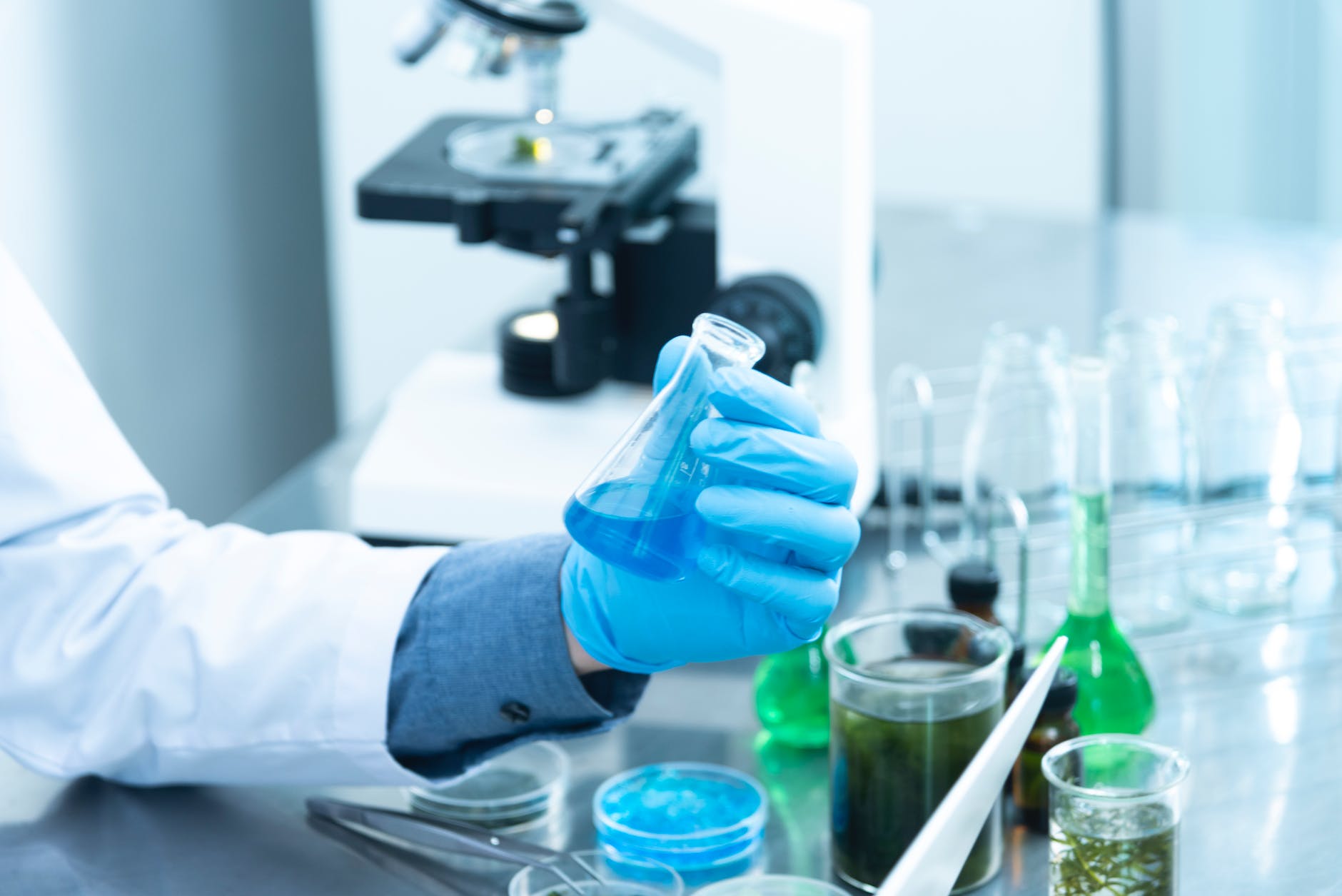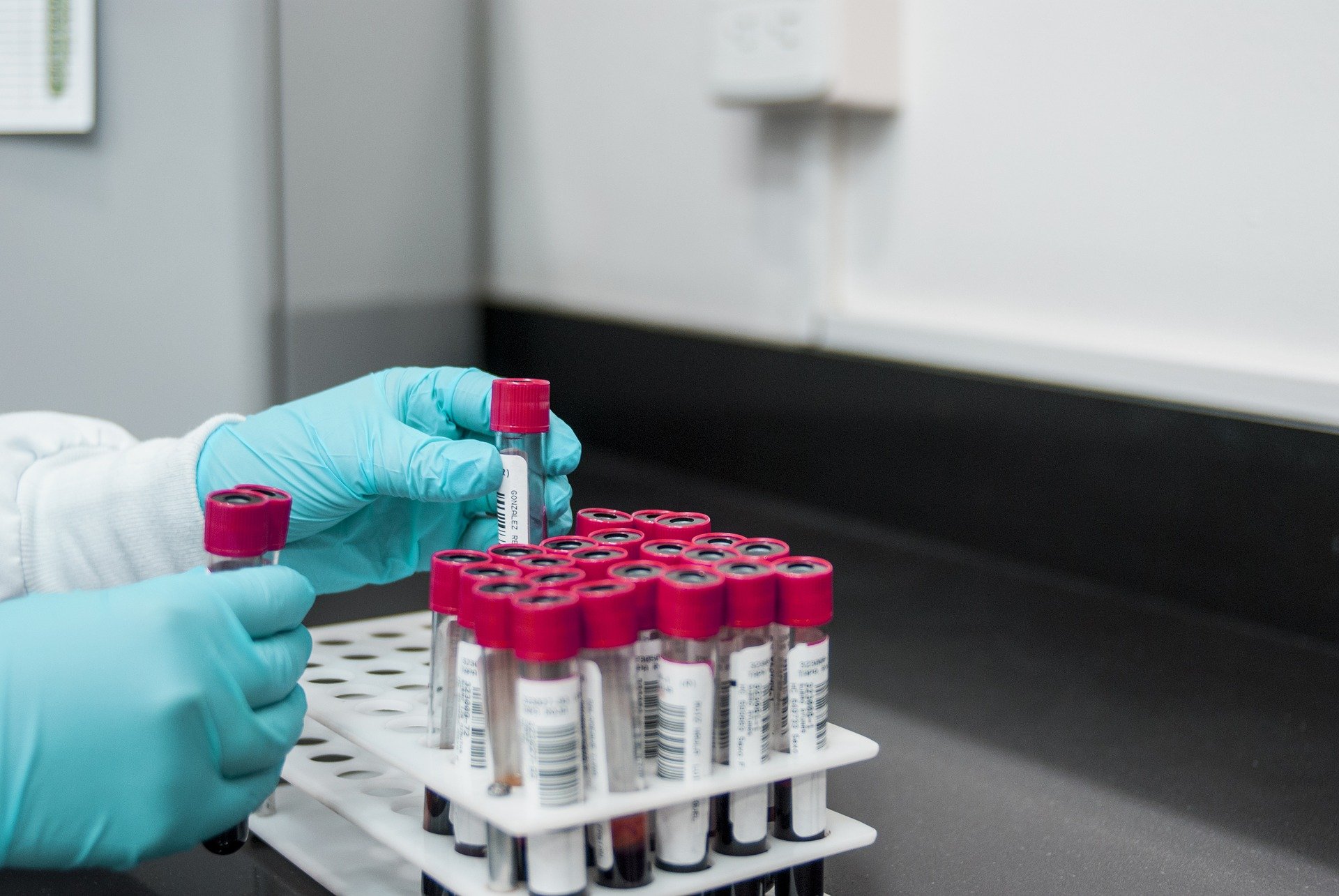
Lab Equipment
In the world of scientific research, the seamless functioning of a laboratory relies significantly on the efficient management of lab equipment. From microscopes to specialized analytical lab equipment, every piece plays a critical role in achieving accurate results and optimal productivity.
Here are some best practices that can guide effective lab equipment management.
Equipment Maintenance And Care
A lab’s efficiency and reliability are closely tied to the condition of its equipment. It’s crucial to make sure that equipment is functioning at its best.
- Adopt Regular Maintenance And Calibration Routines: Particularly important for intricate analytical lab equipment, scheduling regular maintenance and calibration promotes longevity and enhances the reliability of results. Routine calibration ensures consistent measurement accuracy.
- Observe A Preventive Maintenance Schedule: Preventive maintenance, involving routine inspection and servicing, prevents potential malfunctions, ensuring consistent performance and extending equipment lifespan.
- Promote A Culture Of Equipment Care: Encouraging lab staff to care for equipment can significantly enhance its lifespan and lab productivity. Every staff member should understand their role in maintaining equipment in top-notch condition.
Maintaining and caring for equipment isn’t merely about fixing problems—it’s about preventing them before they can even occur.
Staff Training And Communication
Having a well-trained staff that communicates effectively is essential for the efficiency and productivity of your lab operations.
- Promote Adequate Staff Training: The performance of lab equipment goes hand in hand with the skills of the individuals operating them. Comprehensive training helps staff to understand correct operating procedures and identify potential malfunctions.
- Foster Open Communication And Feedback: Open lines of communication and a system for providing feedback are critical. Encourage team members to share observations and experiences, promoting a proactive approach to equipment management.
With the right training and communication, staff members become not just users of equipment but stewards.
Inventory And Equipment Management
Effective organization and strategic planning form the backbone of successful lab operations.
- Establish Effective Inventory Management: A smooth inventory management system ensures the availability of equipment and necessary supplies for operation, promoting organization and reducing unnecessary purchases.
- Utilize Technology: Technology can revolutionize lab equipment management. Implementing an asset management solution streamlines inventory control, maintenance schedules, and regulatory compliance.
- Plan Equipment Lifecycle: Plan for equipment replacement to avoid abrupt interruptions in operations. When transitioning to new equipment, responsibly dispose of the old ones, adhering to local and federal regulations.
Efficient inventory and equipment management practices help you make the most of your resources while minimizing waste and downtime.

Lab
Safety And Compliance
A laboratory’s duties extend beyond delivering trustworthy results. It must also ensure safety and compliance.
- Prioritize Lab Safety: Regular safety audits identify potential hazards, ensure all equipment adheres to safety standards, and help maintain a secure lab environment.
- Adhere To Legal And Industry Standards: Compliance with safety, waste disposal, or data privacy rules keeps your operations legal and boosts credibility.
- Ensure Sustainable Practices: Implement sustainable practices, such as energy-efficient usage of equipment and safe disposal of chemicals, to contribute to global environmental conservation efforts.
Prioritizing safety, compliance, and sustainability isn’t just good for the world—it’s good for the integrity and reputation of your lab.
Review And Improvement
In the fast-paced world of scientific research, staying current and adaptive to change is essential for continued success.
- Conduct Regular Reviews: Regular reviews of your lab equipment management strategies provide insights into the effectiveness of your current practices. These evaluations will help identify areas that need improvement and possible innovations.
- Update And Revise Policies: Ensuring that your lab stays updated requires regular revisions of equipment management policies. These revisions should take into account the latest industry standards and emerging trends.
An effective lab understands that there’s always room for growth and is continually seeking ways to improve and innovate.
Equipment Selection And Use
Making informed decisions on equipment selection and use can enhance a laboratory’s performance and output quality.
- Select Equipment Based On Lab Needs: Procurement of new lab equipment should be guided by the lab’s specific needs. Investing in equipment that aligns with your lab’s activities significantly enhances efficiency and the quality of results.
- Establish Clear Equipment Usage Guidelines: Detailed equipment usage guidelines prevent unnecessary equipment damage and ensure a longer lifespan. These guidelines should cover proper handling, safety measures, and cleaning procedures.
By tailoring your equipment to your lab’s needs, you not only optimize your resources but also set the stage for high-quality results.
Conclusion
In essence, effective lab equipment management involves a multifaceted approach that prioritizes regular maintenance, staff training, inventory management, safety measures, technology utilization, and compliance with industry standards.
These practices, all playing their unique role, help ensure a harmonious, productive, and innovative lab environment. Remember, the path to improvement is continuous, demanding a perpetual readiness to learn, adapt, and innovate.






